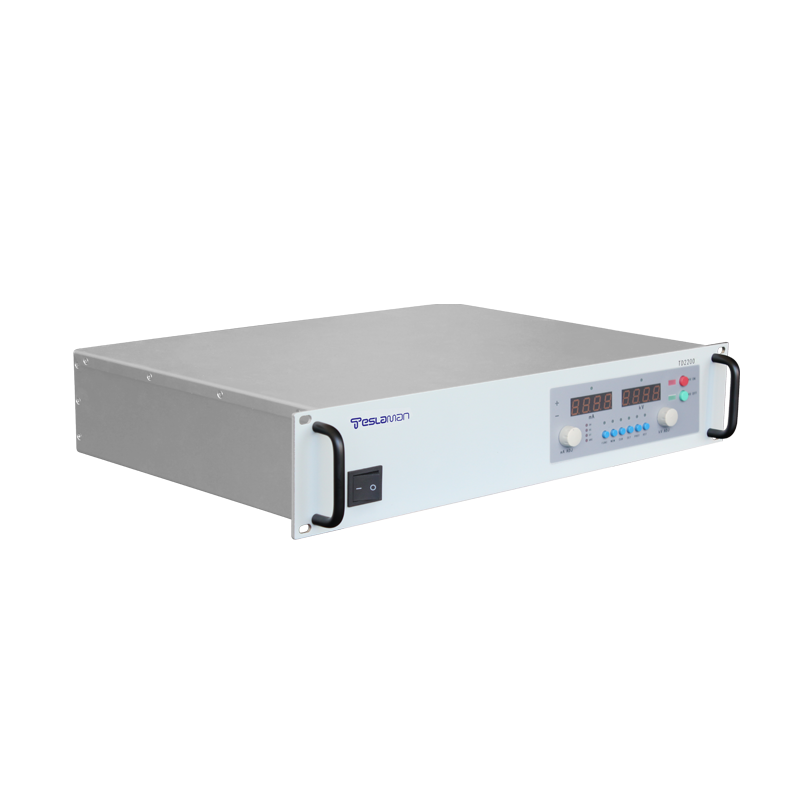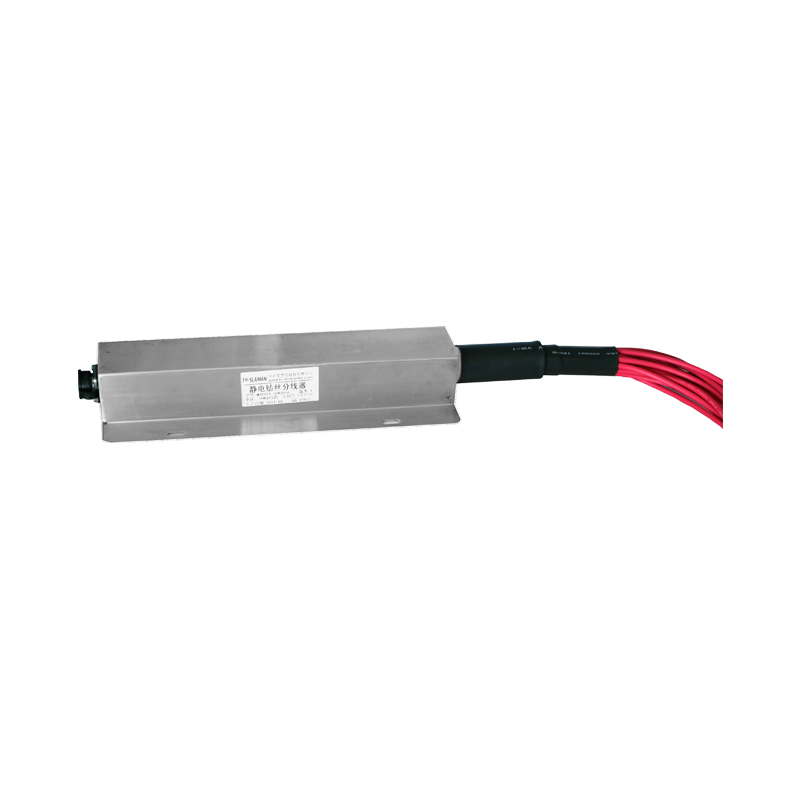Anisotropic Etching Control of Etching High-Voltage Power Supply
In advanced fields such as semiconductor manufacturing, the etching process is crucial for precisely constructing nanoscale structures. Anisotropic etching can achieve vertical and precise etching profiles, which is of great significance for improving chip integration and other aspects. The etching high-voltage power supply, as the core component of the etching system, plays an extremely critical role in achieving anisotropic etching control.
The etching high-voltage power supply ionizes the reaction gas to form plasma by generating a high-intensity electric field. The ions in these plasmas are accelerated under the action of the electric field and bombard the surface of the material to be etched with extremely high energy. In the control of anisotropic etching, parameters such as the voltage and frequency output by the power supply play a decisive role. A higher voltage can endow ions with higher energy, enabling them to efficiently etch the material surface in the vertical direction, thereby enhancing the anisotropy of etching. Because high-energy ions tend to impact the material surface vertically, reducing lateral erosion and forming steep etched sidewalls.
At the same time, the adjustment of the power supply frequency also affects the characteristics of the plasma. At a lower frequency, the ions are accelerated in the electric field for a longer time and can obtain higher energy, which is conducive to deep etching in the vertical direction and further improves the anisotropy. Appropriately increasing the frequency can increase the collision frequency of ions and change the distribution of active particles in the plasma, balancing the etching rate and anisotropic effect to a certain extent.
In addition, the waveform of the etching high-voltage power supply also has a significant impact on anisotropic etching. When a pulse waveform power supply is used, the etching process can be finely controlled by adjusting parameters such as the duty cycle and peak voltage of the pulse. During the high-voltage stage of the pulse, ions obtain high energy for intense vertical etching; during the low-voltage stage, it is conducive to the formation of a protective film, suppressing lateral etching, and thus optimizing the anisotropic etching effect.
In practical applications, the parameters of the etching high-voltage power supply need to be precisely matched according to different etching materials and process requirements. For example, for harder materials, a higher voltage and a specific frequency combination may be required to achieve efficient and well-anisotropic etching. For some processes with strict requirements on sidewall roughness, the parameter optimization of the pulse power supply is more critical.
In conclusion, the etching high-voltage power supply provides a powerful guarantee for achieving anisotropic etching through the precise control of multiple parameters such as voltage, frequency, and waveform. With the continuous increase in the demand for high-precision etching in industries such as semiconductor manufacturing, the technology of the etching high-voltage power supply in anisotropic etching control will also continue to innovate and develop to meet the increasingly stringent process requirements.




















